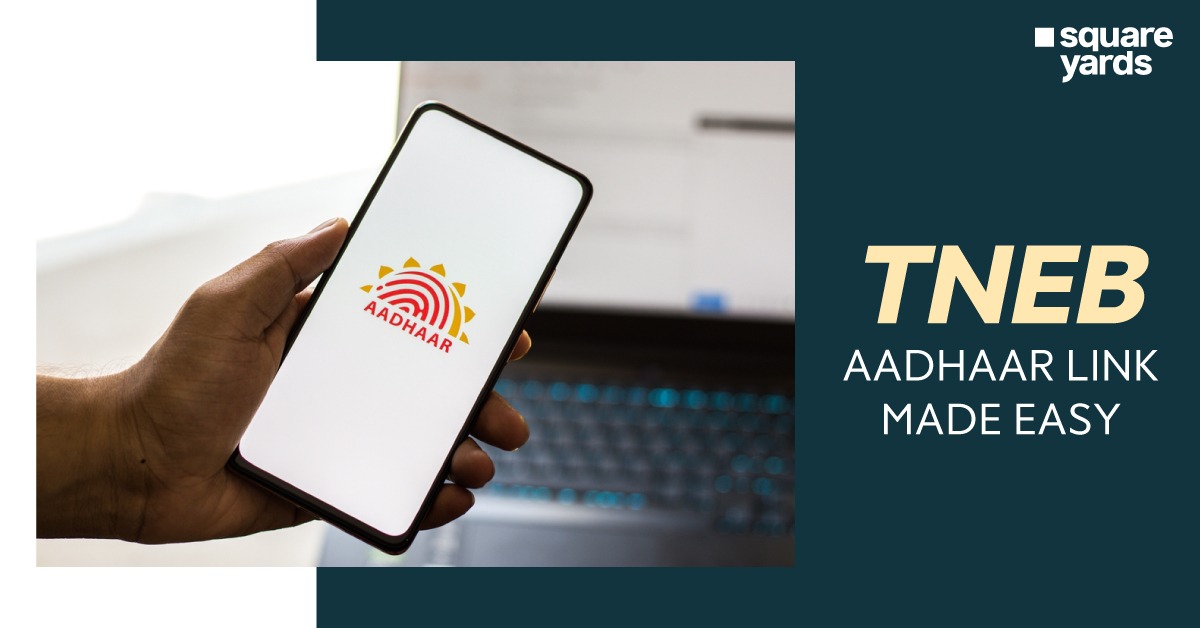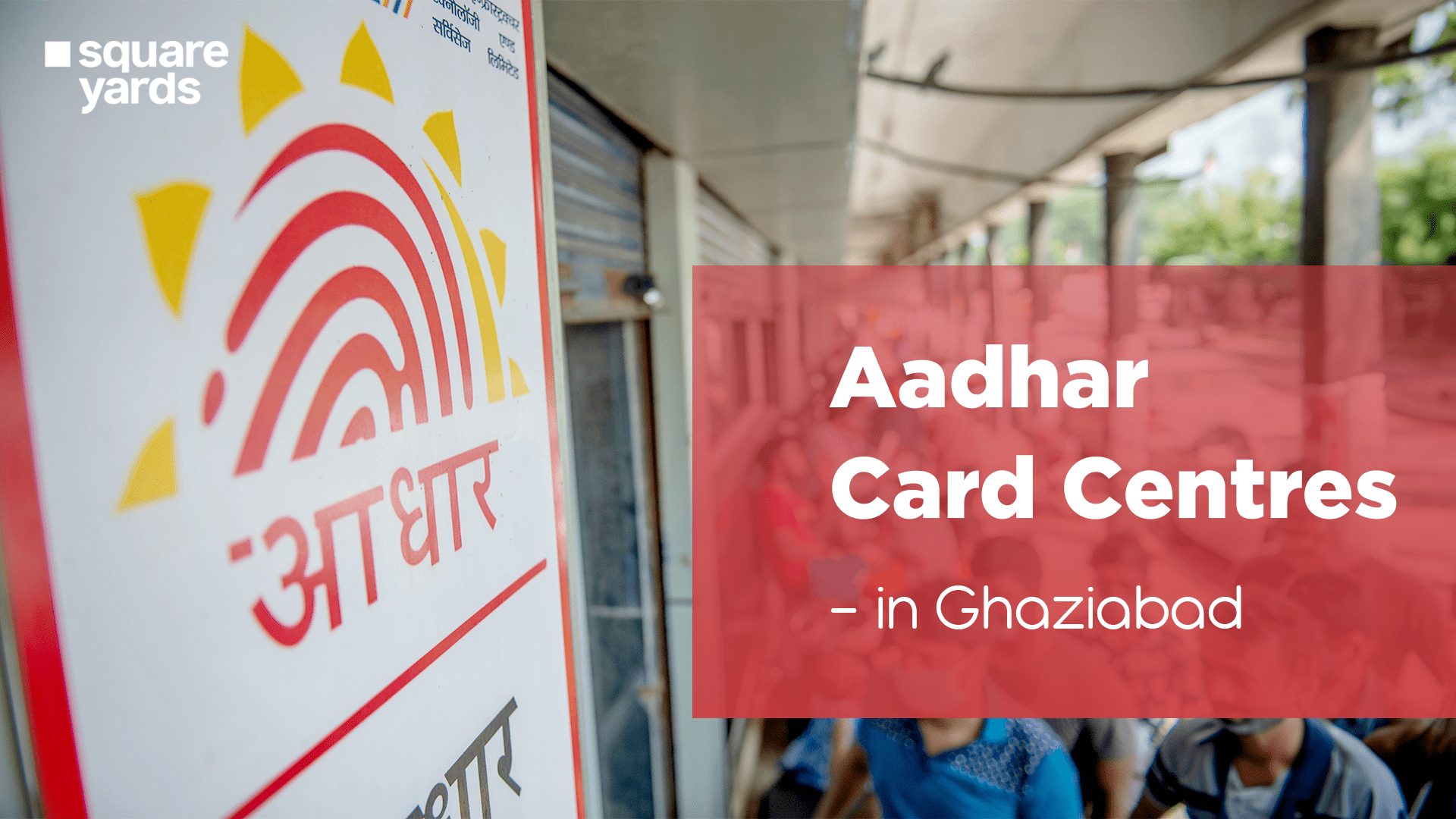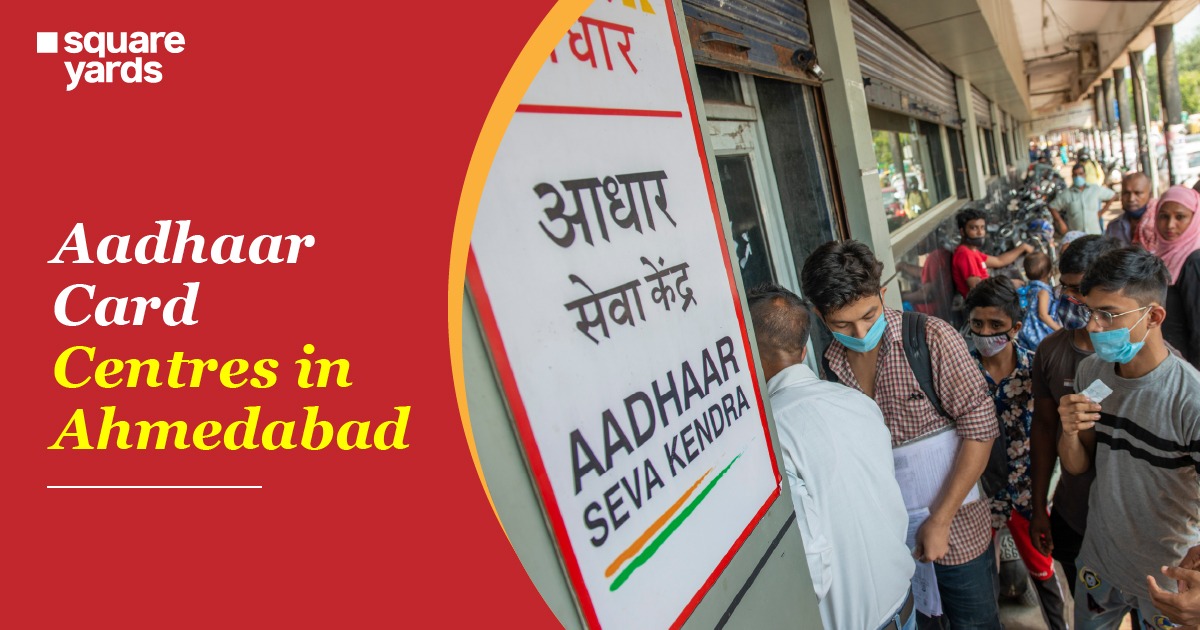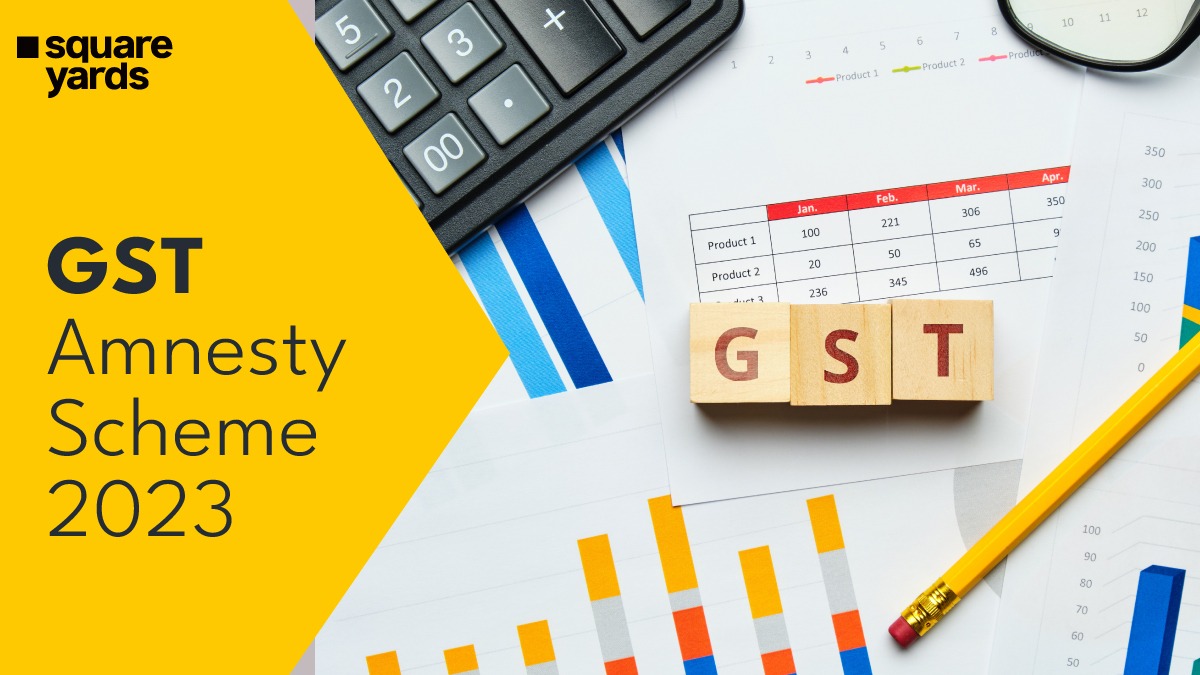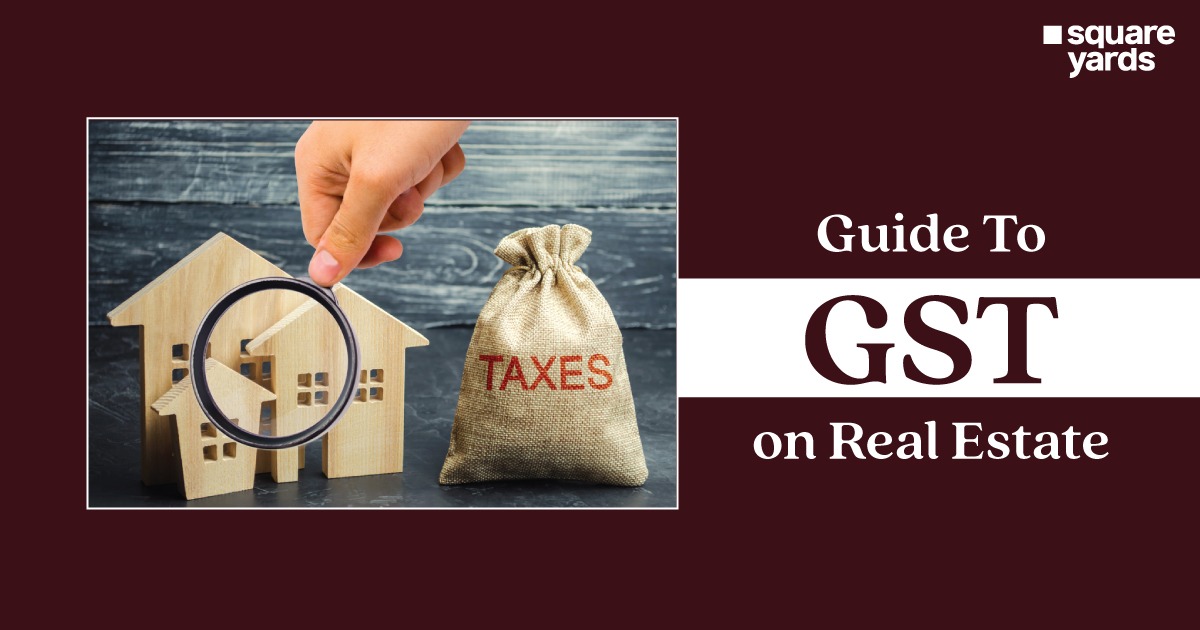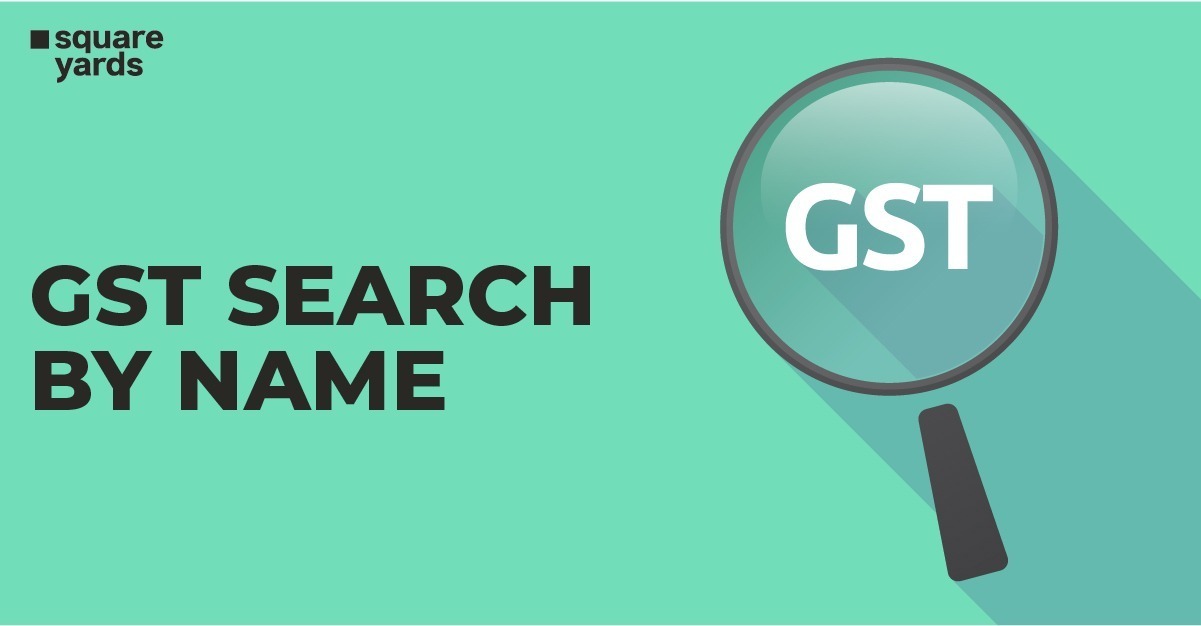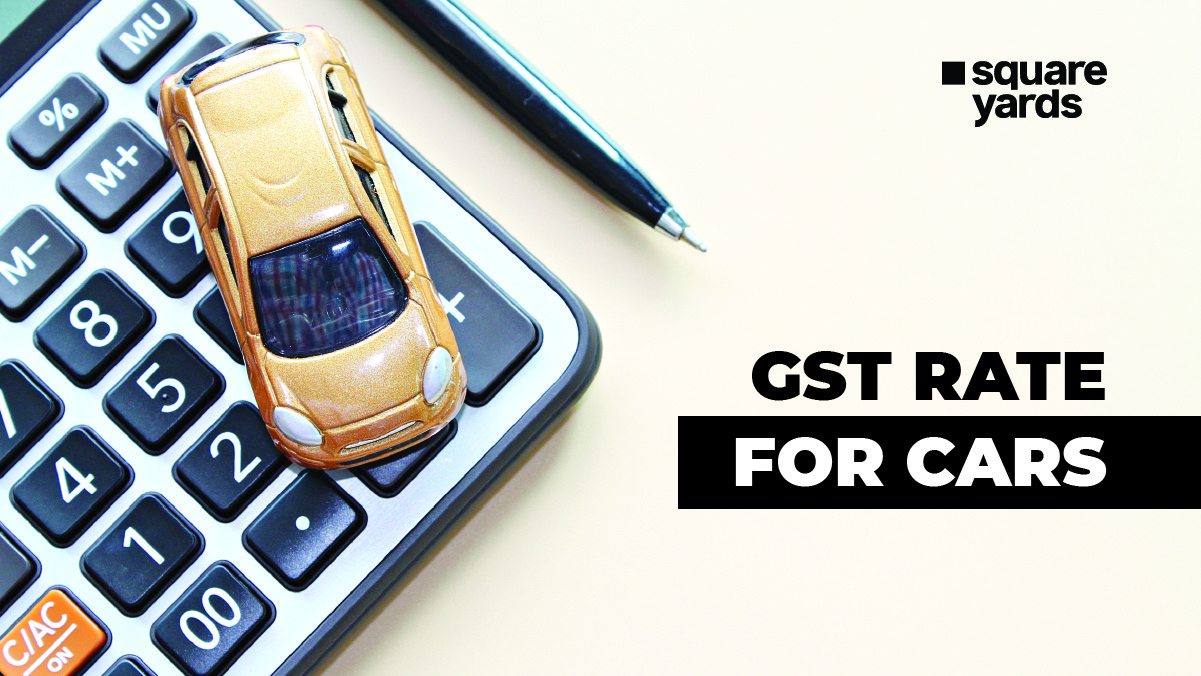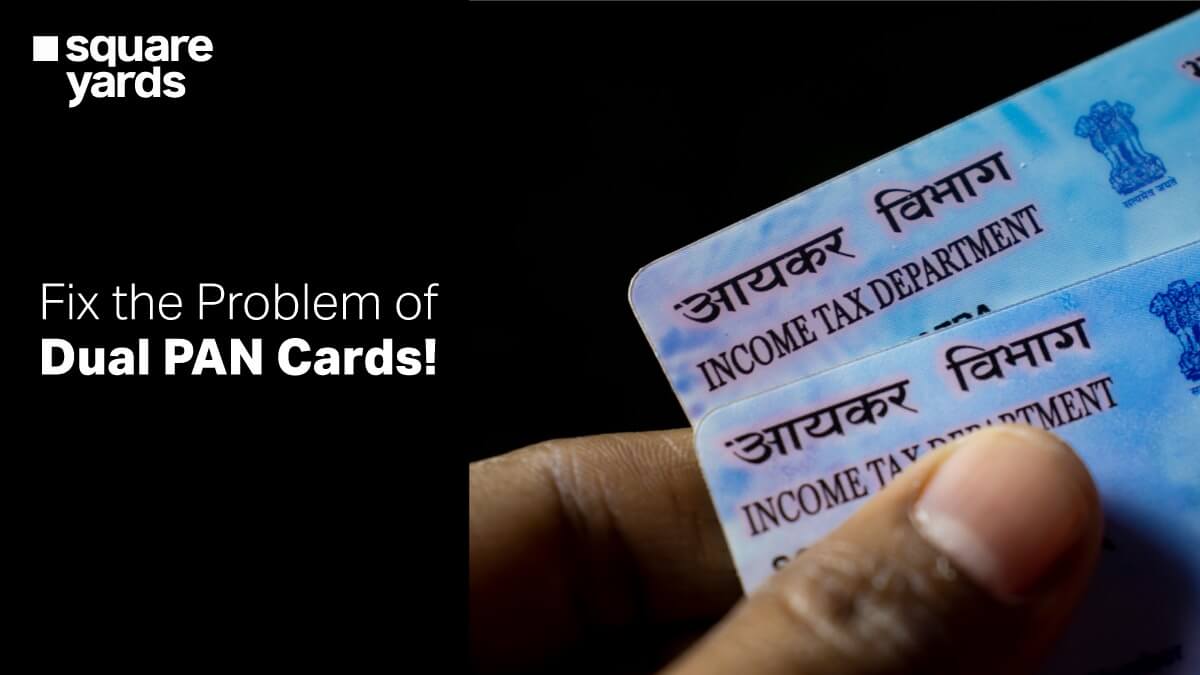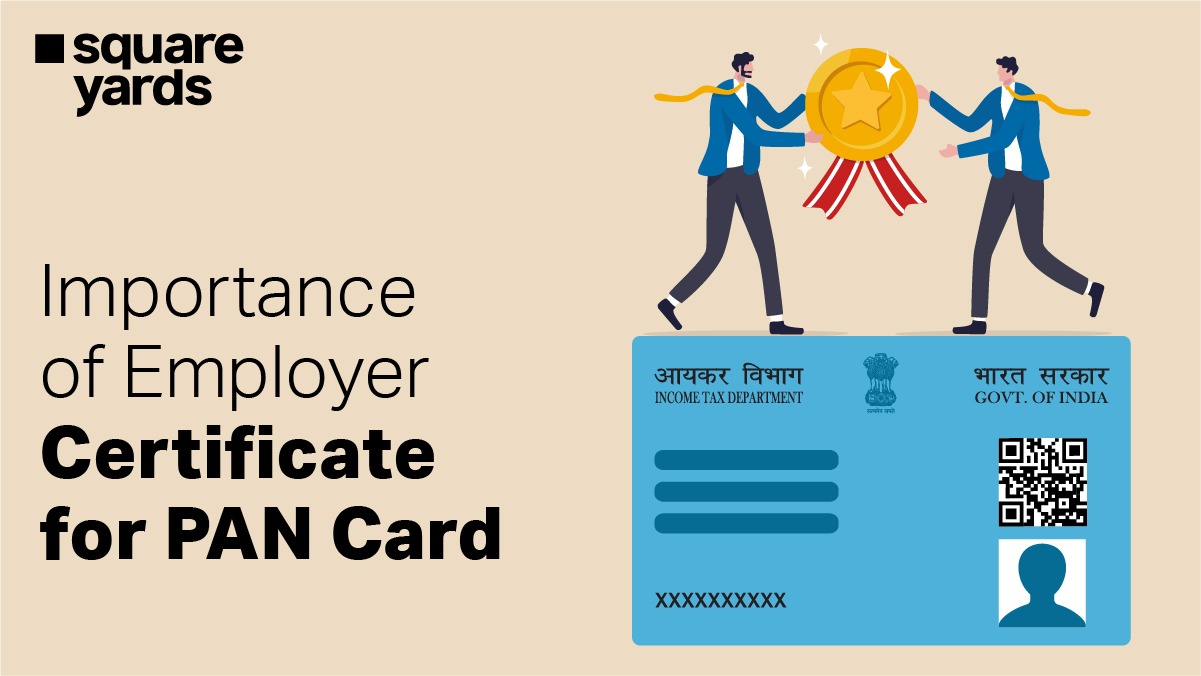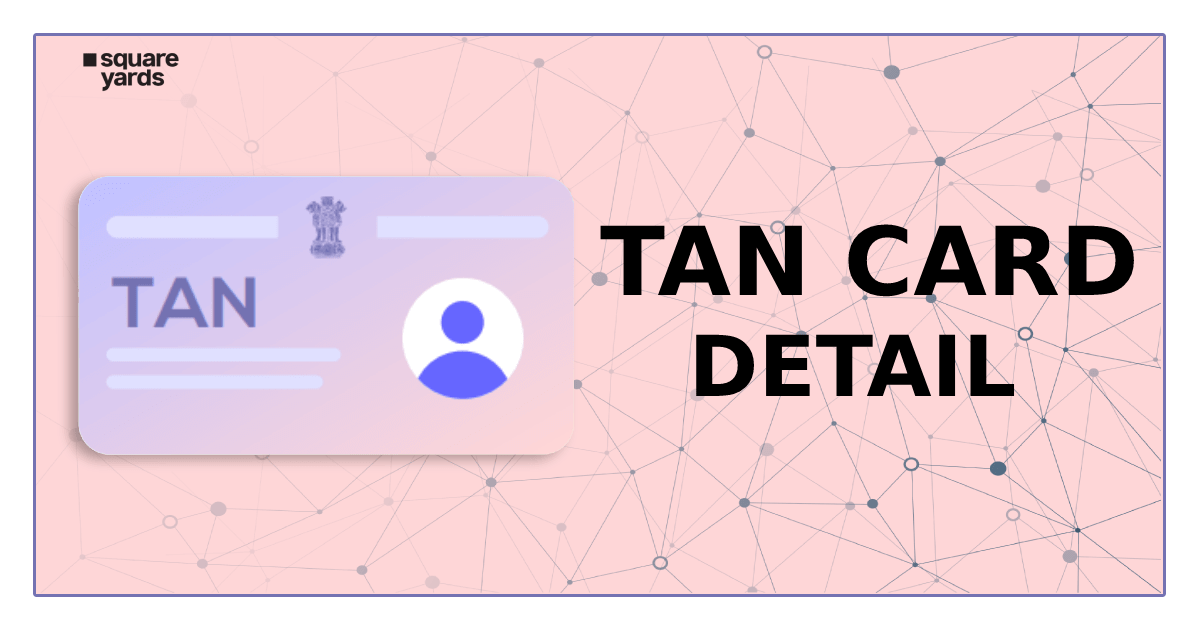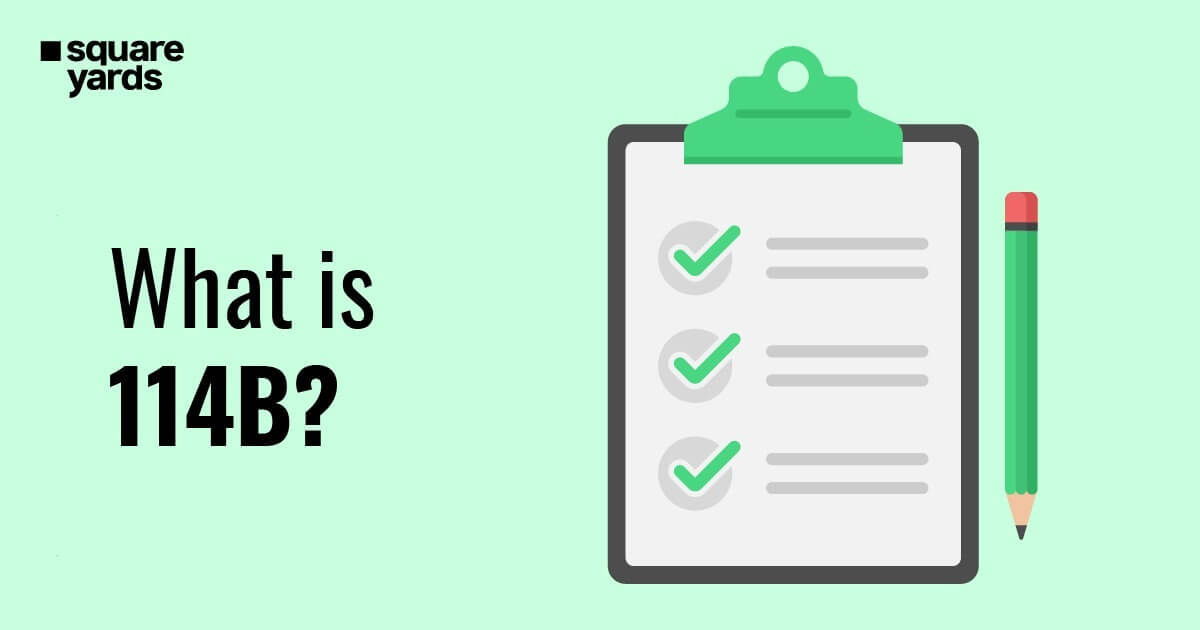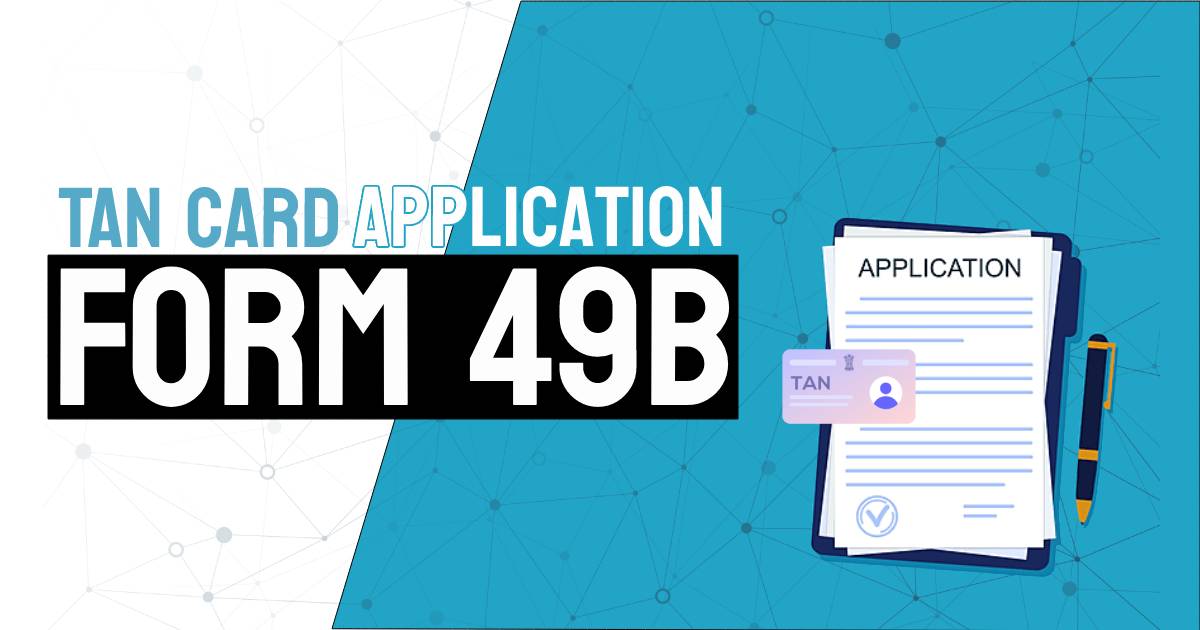The Government of India levies different types of taxes on individuals as well as corporations. The authorities are continuously working to make the tax spectrum broader in order to make sure that no individual or entity earning a significant income in the country is able to avoid paying taxes. Such taxes paid by corporations fall under either the direct or indirect tax category. Minimum Alternate Tax (MAT) is one such tax payable by companies that falls in the indirect tax category.
In this blog, we will take a look at the definition of Minimum Alternate Tax and the rules governing it.
What is Minimum Alternate Tax?
There are many “zero-tax companies” in India that always report a high profit yet pay almost nil taxes by rolling out significant dividends to their shareholders. The nil tax is the result of various exemptions and deductions provided to such companies on the basis of conditions set by the authorities.
Minimum Alternate Tax was introduced as a provision in the Direct Law Taxes to set a limit to the tax exemptions claimed by companies. The law requires them to pay a minimum tax amount to the government every financial year. According to Section 115JB, all companies are required to pay tax equal to or higher of the following:
- Regular Tax Liability: This is calculated according to the normal rules of the Income Tax Act. The relevant tax rate is applied to the income of the company.
- Minimum Alternate Tax: This tax is charged at 15% on book profit + cess and surcharge.
Features of Minimum Alternate Tax
Given below are some of the unique and prominent and unique features of the minimum alternate tax:
Advance Tax Payment
In accordance with the Income Tax Act, every taxpayer needs to pay advance tax if the tax liability for the relevant year exceeds Rs. 10,000. Similarly, Section 115JB of the Income Tax Act states that all companies are required to pay advance tax every financial year.
MAT Report
All companies that are liable to be taxed under the MAT regime are required to furnish a MAT report as stated in form Form 29B. This report is required to be filed along with the ROI filed.
Applicability of MAT in Special Economic Zones (SEZs)
When the MAT was first introduced, it did not have provisions to apply to the profits earned by a company through business activities in Special Economic Zones. However, the law was amended in 2011 to include all such corporations operating from SEZs.
Which Companies Have to Pay MAT?
All corporations whether public or private, are required to pay minimum alternate tax if the income tax liability as per the laws of the Income Tax Act is less than 15% of book profit.
Exceptions
Given below are some of the circumstances in which MAT is not applicable:
- MAT is not levied on any income earned by the business from life insurance operations and shipping income which is liable to be taxed by tonnage taxation. Sections 115V through 115VZC cover the tonnage taxation system in the Income Tax Act.
- MAT is not applicable if the company is from a country with which the Indian Government has a deal under Section 90 (1) or if the company does not have any permanent establishment in India as per Section 90A(1).
- Any foreign company which does not have the above agreement and is not required under law to be registered in India for the time being.
- As per the Income Tax Act, MAT is not applicable to a foreign company that earns its income or profits from businesses as stated in Sections 44AB through Section 44BBB.
How is Book Profit Calculated?
Section 115JB(2) of the Income Tax Act defines book profit as the net profit as recorded in the profit and loss statement as dictated by Schedule III of the Companies Act. In addition to the company’s profit and loss, several other costs and income of the company are considered while calculating the book profit of a company. Given below are some of the factors that are considered:
Key Additions to Book Profit
Given below are some of the incomes that are added to the book profit amount if the are debited in the P&L statement:
- Income tax already paid/payable.
- Amounts under any reserves other than as stated in Section 33AC of the Income Tax Act.
- Provisions for any liabilities.
- Provisions for any losses incurred by subsidiary companies.
- Any dividends paid to shareholders.
- Costs incurred related to incomes which are exempt as stated in Section 10, 11, and 12 apart from Section 10 (38).
- Income from any Association of Person(AOPs) or Body of Individuals(BOIs) as stated in Section 86.
Key Deductions to Book Profit
The deductions given below are applicable if they are credited in the P&L statement of the company:
- Any amount withdrawn from reserves/provisions.
- Incomes which are exempt as under Section 10, 11, and 12 apart from Section 10 (38).
- Depreciation amount recorded in the P&L statement.
- Any amount withdrawn from reserves not exceeding the depreciation amount after revaluation of assets.
- Tax exempt income earned from association with any AOPs or BOIs.
Note: The book profit calculated in accordance with Section 115JB needs to be certified by a registered chartered accountant in Form 29B. The certification should be obtained before the date of income tax return filing to avoid any penalties.
How is MAT Calculated?
Minimum alternate tax is calculated at a rate of 15% of the book profit of the assessee company as calculated according to Section 115JB. Let’s take a look at an example of the same:
Example: Let’s suppose the total taxable income on XYZ company without availing any tax exemptions is Rs. 10 lakhs. Thus, the regular tax liability of the company calculated at a rate of 22% will be Rs. 2.2 lakhs + cess and surcharge.
Meanwhile, the book profit of the company is Rs. 20 lakh. This means, the MAT of the company calculated at a rate of 15% will be Rs. 3 lakh + surcharge and cess.
In this case, since the MAT is higher than the regular tax liability, the company will have to pay Rs. 3 lakhs + surcharge and cess.
What is MAT Credit?
If any company is required to pay minimum alternate tax instead of the regular tax liability, the excess amount paid can be claimed as a tax credit for the company. In simple words, MAT credit can be defined as the difference between regular tax liability and tax calculated under the MAT provisions of the Income Tax Act.
Such an excess of tax can be carried forward and set off with respect to any year in which the company is liable to pay regular tax liability. The MAT credit can be carried forward for 10 consecutive financial years after the year the tax credit is applied.
Example: Let’s suppose that a company XY has a book profit of Rs. 8 lakhs. After all the exemptions and deductions, the gross income comes to be Rs.2 lakhs .
Applicable Income Tax = 30% of Rs. 4 lakhs
= Rs 60,000
However the Minimum Alternate Tax applicable = 15% of Rs. 8 lakhs
= Rs. 1.2 lakhs
So the excess amount will be = 1,20,000 – 60,000
= Rs. 60,000
This amount can be set off against future regular tax liability in the coming financial years.
MAT Credit Carry Forward Mechanism
The current tax regime makes provisions for a carry forward mechanism for MAT credit in the coming financial years. The MAT credit can be availed in the financial year in which the regular tax liability is more than the MAT liability. The maximum limit of the amount of MAT credit that a company can claim cannot be greater than the difference between the regular tax liability and MAT liability for the relevant assessment year.
Example: Suppose a company has a MAT credit of Rs. 2 lakhs. Further, let’s assume that the regular tax liability of the company was Rs 10. 5 lakhs and the MAT liability is Rs 10 lakhs. Since the regular tax liability is more than MAT, the MAT credit can be claimed.
The maximum credit that can be claimed in this case is Rs. 50,000. This means that the remaining Rs 1.5 lakhs MAT credit will be carried forward to the subsequent financial years.
MAT Credit Carry Forward Period
Any minimum alternate tax credit that is equal to the tax paid in addition to MAT over regular tax liability can be carried forward for a period of 10 subsequent years.
Future of Minimum Alternate Tax (MAT) in India
Given the controversial nature of the minimum alternate tax, the government has been facing regular backlash and suggestions to make amendments to Section 115JB to make it more flexible and inclusive.
Recently, the government has appointed a special committee to examine methods to resolve disputes concerning MAT payments. Currently, the scope of the committee feels fairly limited and directed towards the resolution of MAT demands the government has placed on foreign investors.
This is because, in recent years, several foreign investors have received notices regarding minimum alternate tax payments. However, at the moment it would seem that the government is still trying to make MAT more controlled and holistic.
Frequently Asked Questions (FAQs)
Is minimum alternate tax applicable on dividend income?
Any income earned from dividends of domestic companies is tax-exempt if it is less than Rs. 10 lakh for the assessment year.
For how long can MAT be carried forward?
MAT credit can be carried forward for a maximum of 15 subsequent financial years.








